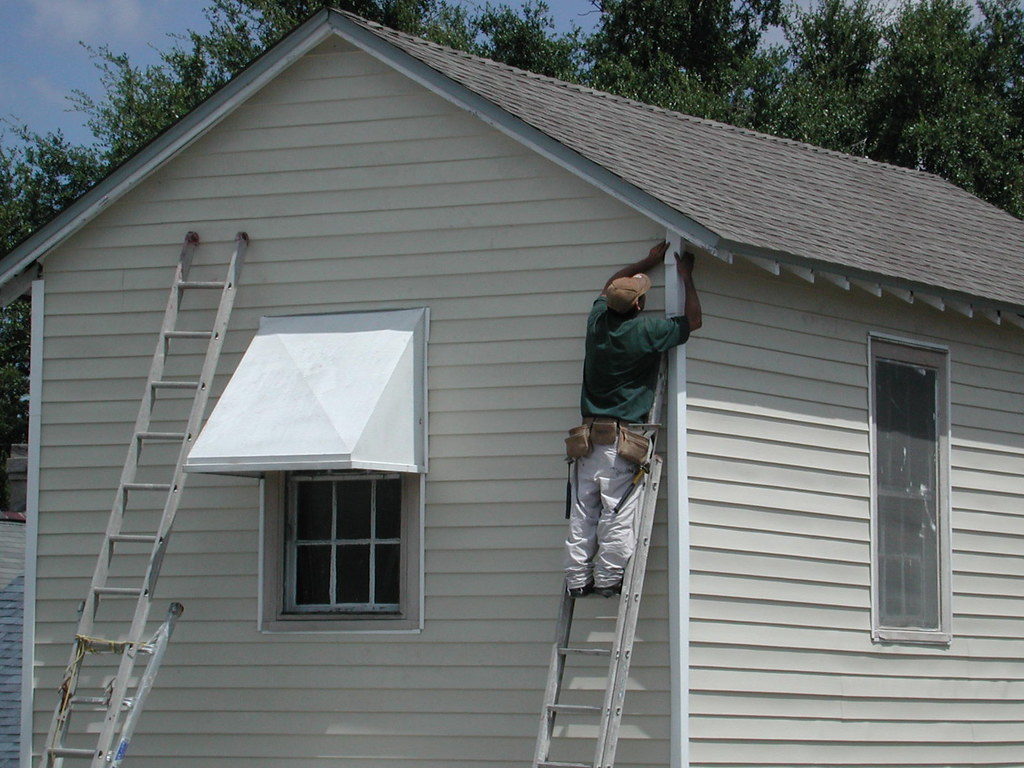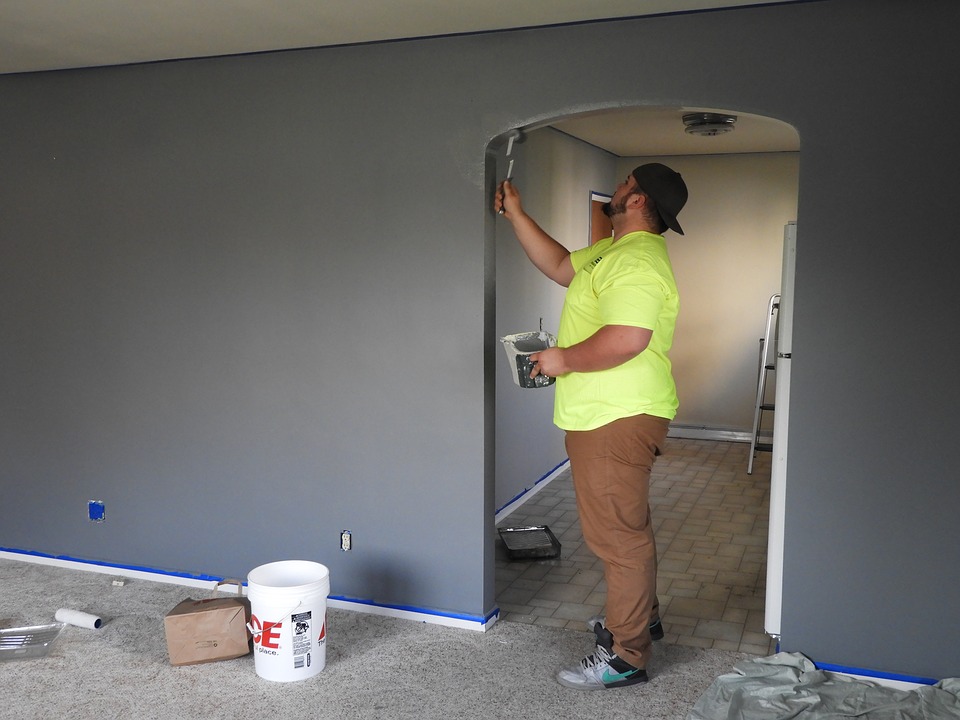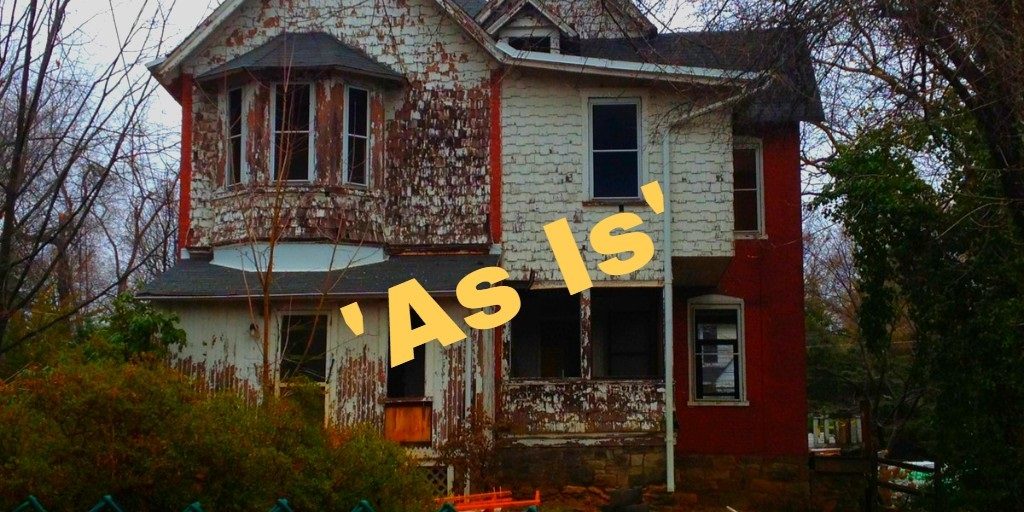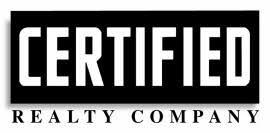
Most of us are interested in avoiding hassles. Selling your house is no exception. But what about selling a home that could use some work, before you put it on the market? Concerned about the grind of preparing your property for sale? You’re not alone. Don’t fret about the work ahead! You have options. Forget the home preparation grind. Go with peace of mind. Find out more, in this helpful Oregon real estate podcast.

The Property Preparation Problem
Who wants to spend days, weeks or even months preparing a home to sell? For many, that task is on a par with dental visits and working on taxes. So when getting ready to place your home on the market, what’s a homeseller to do? The good news is that as a homeseller, you have options.

Set Your Goals
A big step in getting your house ready for sale is focusing on your main goals. What are they? Is maximizing price job one? Is closing by a certain date also near the top of your list? How about minimizing what’s needed to get the house ready? There may be others, as well. Focusing on our most important goals will help you decide your best route to success.
Options
The reality is that the more you invest in making your home look better, the faster it will usually sell and for more money. However, there are two important caveats here. First, the reality for some sellers is they don’t have either the time, money, or know-how to accomplish every needed task. Second, the return on your investment may not pay you back as much as you spent.

Time is Money
Like many situations, it’s helpful to understand that home selling has its own time/cost balance. In other words, there’s a trade-off between the two generally scarce resources of time and money. There are four common approaches to address this situation.
1. DIY
One approach is to addressing repairs or upgrades is “DIY,” or do it yourself. An advantage here can be reduced cost.
2. Hire Out
Another approach is to pay someone to take care of work you determine as worthwhile, but don’t want to do yourself. An advantage here can be reduced time.
3. ‘As Is’
A third arrow for your homeselling quiver is to sell ‘as is’ and price your property accordingly. For some, there’s common sense to this approach. Buyers with vision like a ‘cosmetic fixer,’ sometimes called a ‘diamond in the rough.’ These folks think they may get a bargain by putting some ‘sweat equity’ into such a property. But there are some other advantages, as well. By not performing certain less vital repairs and pricing accordingly, your property might better meet the budget of more buyers. Another possible benefit? Some improvements or repairs don’t always end up the way a particular buyer may desire. Carpet type, paint color and fixture design all can be viewed differently by ‘taste-sensitive’ buyers.
4. Selective Improvements
A fourth option some homesellers choose to make involves selective repairs. This could mean limited painting and yard work, without taking on other, more challenging issues. As we’ve mentioned, while certain repairs can help a property sell faster and for more money, will spending time effort and/or money make enough difference to recoup the cost of doing them? Amazingly, cost vs. value” reports routinely show most home improvement projects don’t necessarily pay for themselves.

‘Offset Pricing’
Increasing your selling price sufficient to more than offset the cost of having improvements performed is a less reliable matter. Yet there’s one aspect to this home preparation equation that isn’t always considered. Since most repairs don’t actually pay for themselves in a financial sense, might taking on more tasks result in more than simply recouping your investment? For example, doing more might instead shorten your homeselling time and provide more offers. In other words, trimming that hedge and having your home’s exterior painted may not pay you back in full with dollars. But it could shorten your market time and bring in more competing buyers, thereby maximizing the price you do receive and in less time.
One reason for this is because homes have a price ceiling. Take this example. If you have a 2,500 square foot 5 bedroom home in a nice neighborhood for sale at a certain price, buyers might be weighing it against a 4 bedroom home with 2,700 square feet and a larger lot in a similar neighborhood. In short, buyers will shop and compare, with an understanding that there is some give and take between properties that offer what they need. These buyers will consider the trade-offs in comparing your home with others.
What this also means is that you can only push the price of your home so far. Price it too high and your 2,500 square foot 5 bedroom won’t look so good against a 3,000 square foot 5 bedroom home in a better neighborhood with a swimming pool or tennis court. Yet while you can’t successfully price your property for the same buyers against homes clearly in a higher price category, you can maximize your price so that you receive as much as possible based on your home’s location and features.
Alternatively, if you aren’t in a hurry, it’s a homeseller’s market and the ‘hassle factor’ in coordinating home preparation is overwhelming, you may be better off simply building any major repairs into the price by lowering it a corresponding amount. This can save time, money and effort. But that doesn’t always work for every buyer. Why not? Simply put, because some buyers simply don’t have the ‘vision’ to see past some repair issues.
So what’s a homeseller to do? Consider them all with your Realtor, and choose accordingly.

A Cautionary Tale
While arranging a home tour for some qualified buyer clients, I was asked about the ‘as is ‘ statement in the property listing. These buyers were concerned that if serious issues came up during a home inspection, the sellers would dig in and be inflexible.
It’s understandable how sellers might be upfront about not wanting to haggle. Yet this raised a red flag for my buyer clients. They were concerned about what to do if something turned out to be seriously wrong with the house. They ended up not touring the property in large part due to that single remark. Sure enough, I later determined the house had lots of problems. So what’s the answer about proclaiming ‘as is’ for sellers who aren’t keen on spending money for repairs or improvements…yet don’t want to scare off buyers?
If you’ve priced your property correctly, one option to maximize buyer activity is to simply allow qualified buyers to tour the home before stating how little you’re willing to bend on seller concessions. If you scare away buyers and don’t get showings, you’ll have even fewer offers than if you first engage buyers so at least some with ‘vision’ can see your home’s potential. Some buyers will have ‘vision’ and others will not. It’s difficult to know which buyers will also be sufficiently motivated to see past certain factors, like chipped countertops, stained carpet, a mossy roof or dying lawn.
Another option for dog-eared homes is to market the property as having a ‘seller credit’ for any obvious items likely to come up. Carpet allowances are relatively common for homesellers who don’t want to deal with installing an item they won’t use. The other factor in favor of a repair allowance and against ‘playing it safe’ by going with a neutral color, some buyers may have relatively specific color and/or quality preferences.

Increase Your Buyer Pool
The more buyers interested in your home, regardless of condition, the less you may have to do for improvements or repairs. Plus, out of any group of prospective buyers, several may be contractors, or work in various affiliated trades, like HVAC, roofing, plumbing or electrical. These buyers are handy and often not easily scared off. For them, repairs or improvements can be addressed at minimal cost. Many have friends in trades who are willing to work out a reciprocal job arrangement.

The Auction Analogy
Increasing your buyer pool also hastens the home selling process. Consider how an auction works. If you have only 5 people bidding on an item, the odds are reduced that you’ll get top price compared to an auction where 50 or 500 people are bidding on the same item. More demand typically translates to a better price. In the same way and paradoxically, by pricing your property accurately, perhaps even just at or slightly under the market value, you stand the best chance to set off a ‘bidding war.’ That way, you can not only assess the best offer based on price, but perhaps on closing date, buyer strength and likelihood of closing.

Thinking of Selling?
Contact Certified Realty, Oregon’s real estate choice since 1950. Over more than half a century, Certified Realty has successfully sold literally thousands of Oregon homes. Go with the experts and get expert results! Call Certified Realty at 503-682-1083, or use the convenient form below.